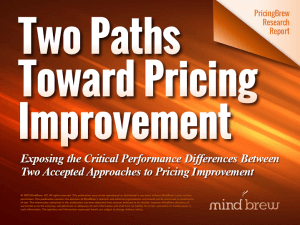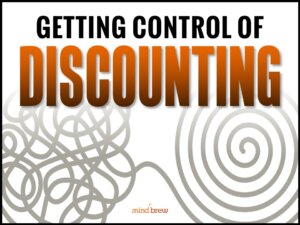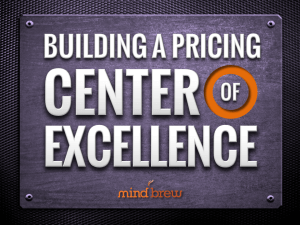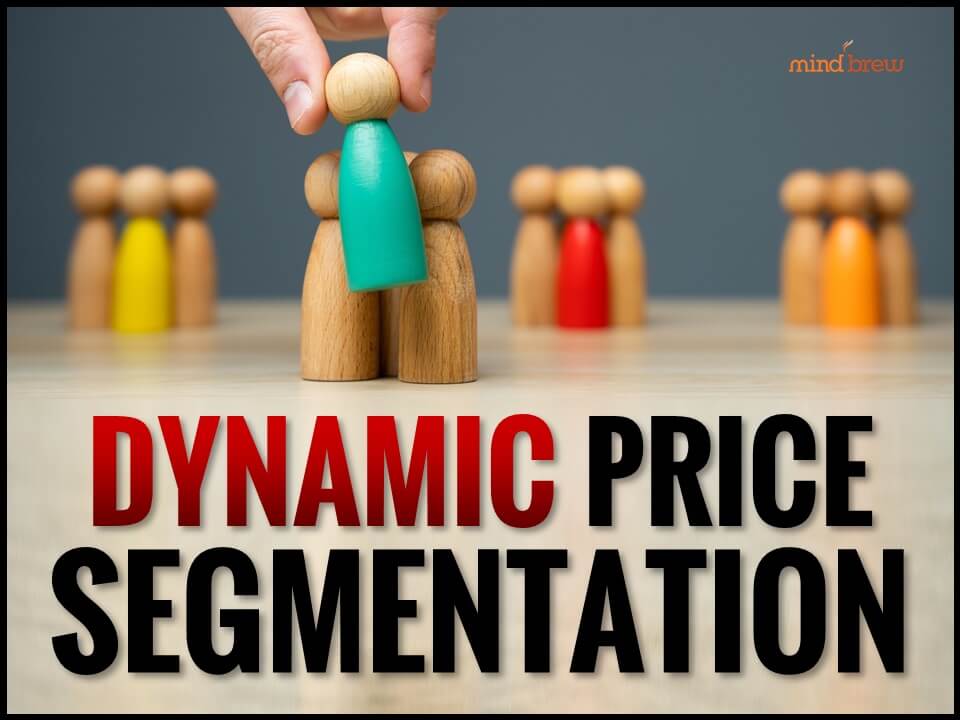When it comes to pricing process management, a lot of pricing teams are working really hard to improve efficiency. They’re looking for ways to reduce steps, shrink turnaround times, and increase the overall throughput of their pricing and discounting processes. And certainly, no one would argue that greater process efficiency is a bad thing, right?
Well…while I might not go so far as to argue that this approach is a bad thing, I am definitely going to suggest that it may not be the best thing.
Have you ever considered just how many of your pricing processes exist because the prices you’re putting into the market in the first place are inaccurate? Have you thought about just how many of your workflows, exception processes, approval loops, and so on, are actually there because your prices require so much after-the-fact refinement to be relevant and appropriate?
And have you ever imagined how your processes might look if your prices and discounts were more specific and more accurate to begin with?
In many cases, the processes that people are attempting to make more efficient really only exist as a way of compensating for a deficiency somewhere else. Very often, these processes have been layered on as a means of fixing, correcting, or refining something broken upstream. In other words, these processes have been established as a way of treating the symptoms, rather than addressing the true root-causes.
To help illustrate the point, imagine you’re manufacturing candles. You’ve noticed that some of your finished candles have lots of foreign particles and discolorations in the wax. A typical response might be to add an inspection step at the end of the manufacturing line to cull the defects. And over time, you might even look for ways to make this inspection process much more “efficient” by adding laser scanners and the like.
But wouldn’t it be better to simply use a higher quality wax, free of particles and discolorations? Could any optimizations of the inspection process itself even come close to matching the efficiency of eliminating the need for the inspection process altogether?
It’s important to remember that addressing true root-causes is always going to be more efficient than even the most efficient methods of treating symptoms.
I’m merely suggesting that before you invest lots of time and resources into making your pricing and discounting processes more efficient, you might take a step back and think hard about why those processes even exist. By focusing on improving the specificity and accuracy of the price-points you’re putting into the market in the first place, you might find that you can eliminate a lot of those “inefficient” processes entirely.
And to my mind, that’s the height of process efficiency.














